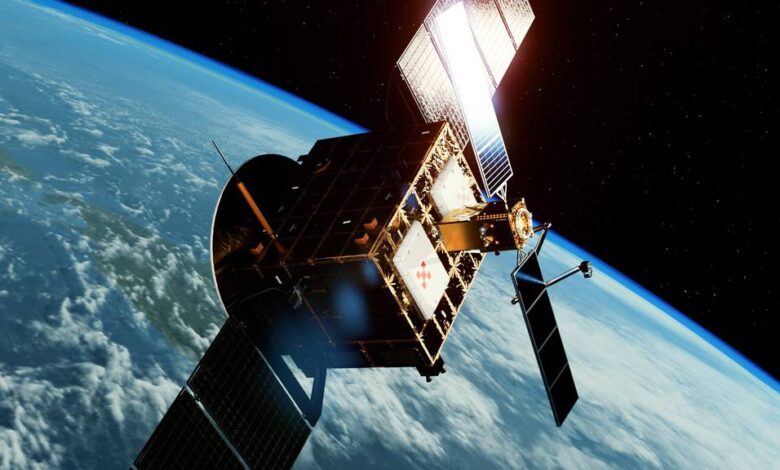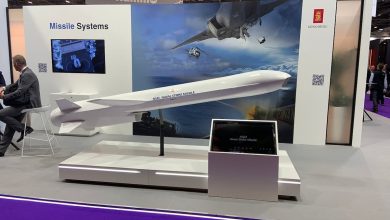Space Force to demonstrate satellite maneuvering in 2026 mission

The Space Force’s acquisition command is planning a first-of-its-kind logistics mission in 2026 aimed at demonstrating the ability to maneuver and service spacecraft in orbit.
Space Systems Command, in partnership with SpaceWERX — Air Force Research Lab’s space innovation arm — awarded Washington-based Starfish Space $37.5 million for the effort. The company builds and operates a line of satellites, dubbed Otter, that can service other spacecraft. Depending on a customer’s needs, Otter can dispose of defunct satellites or provide additional propulsion or thrust to enhance its mission.
Under the SSC contract, Starfish will dock one of its Otter vehicles with Space Force satellites to perform a range of functions — from extending their service life to moving them to a new orbit. The service hasn’t identified which satellites Otter will support.
“The Otter spacecraft will be capable of performing autonomous rendezvous, proximity operations, and docking (RPOD), compatible with a wide range of clients, including those that were never designed or configured for docking,” SSC said in a May 20 statement. “This capability gives the U.S. Space Force a range of options to support existing assets and allow future assets to be supported without imposing additional configuration requirements.”
Starfish launched its first Otter in 2023, but the mission suffered an anomaly hours after launch. The company plans to spacecraft launch another spacecraft in 2025.
The contract comes as the Space Force considers the utility of using commercial satellites to service military spacecraft, a mission it calls Space Access, Mobility and Logistics, or SAML. The service’s fiscal 2025 budget request includes $14 million for demonstrations to help inform future plans.
Col. Richard Kniseley, senior materiel leader in the Commercial Space Office, said May 17 that while the service sees military value to some degree, it needs to better understand the private sector market for SAML to determine how to move forward.
“Because SAML is still kind of in its infancy, we need to make sure that before the Space Force goes all in, that there’s a business case for a commercial company to survive if the government’s not there,” he said.
Courtney Albon is C4ISRNET’s space and emerging technology reporter. She has covered the U.S. military since 2012, with a focus on the Air Force and Space Force. She has reported on some of the Defense Department’s most significant acquisition, budget and policy challenges.







